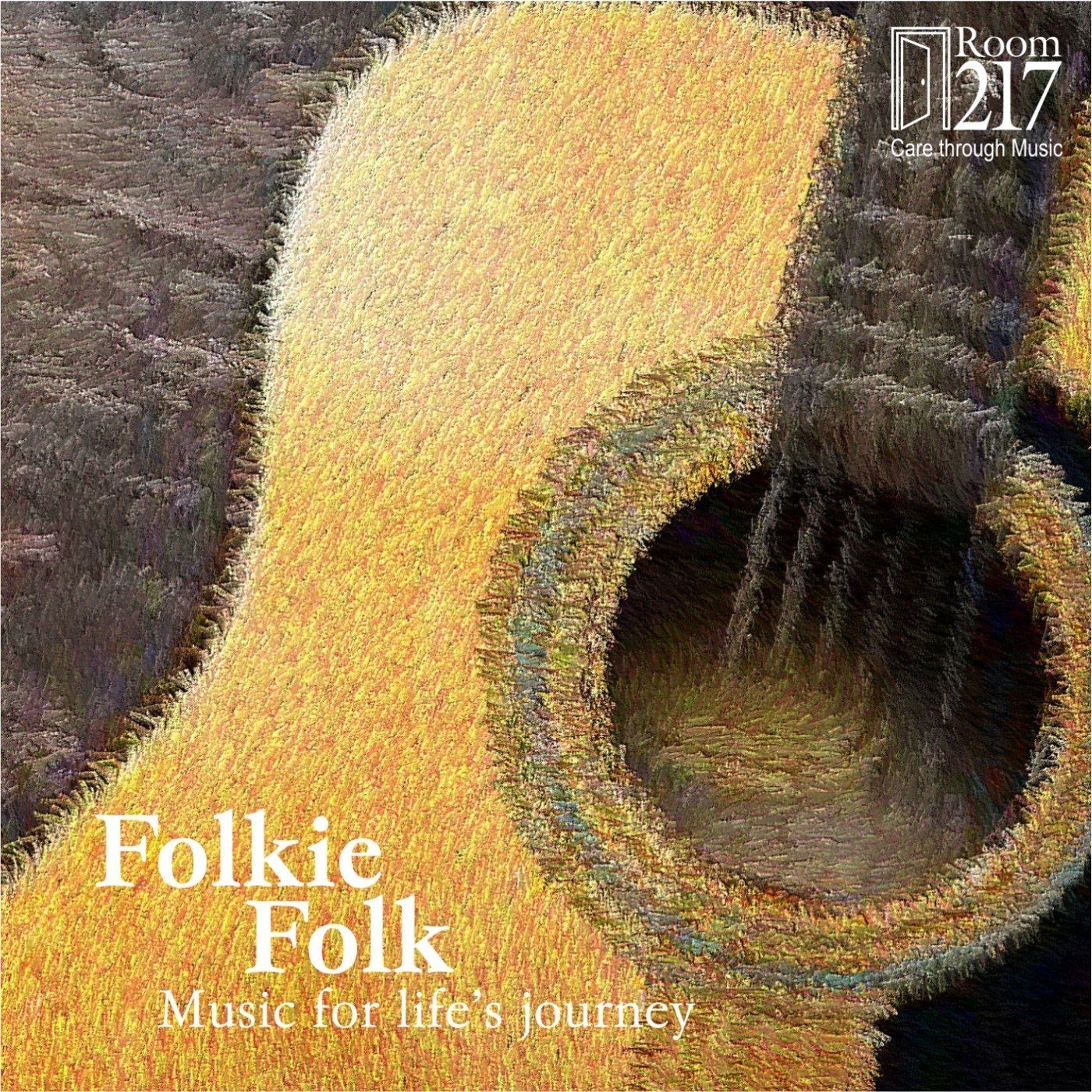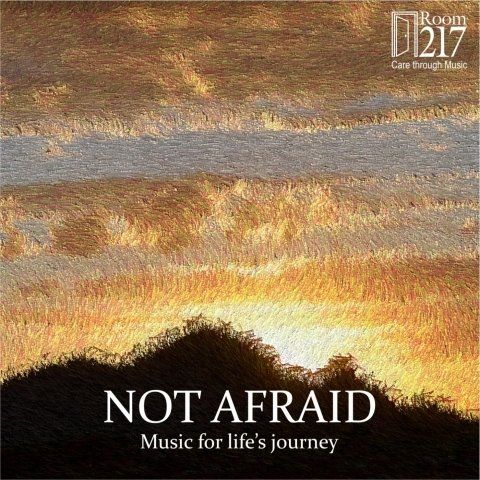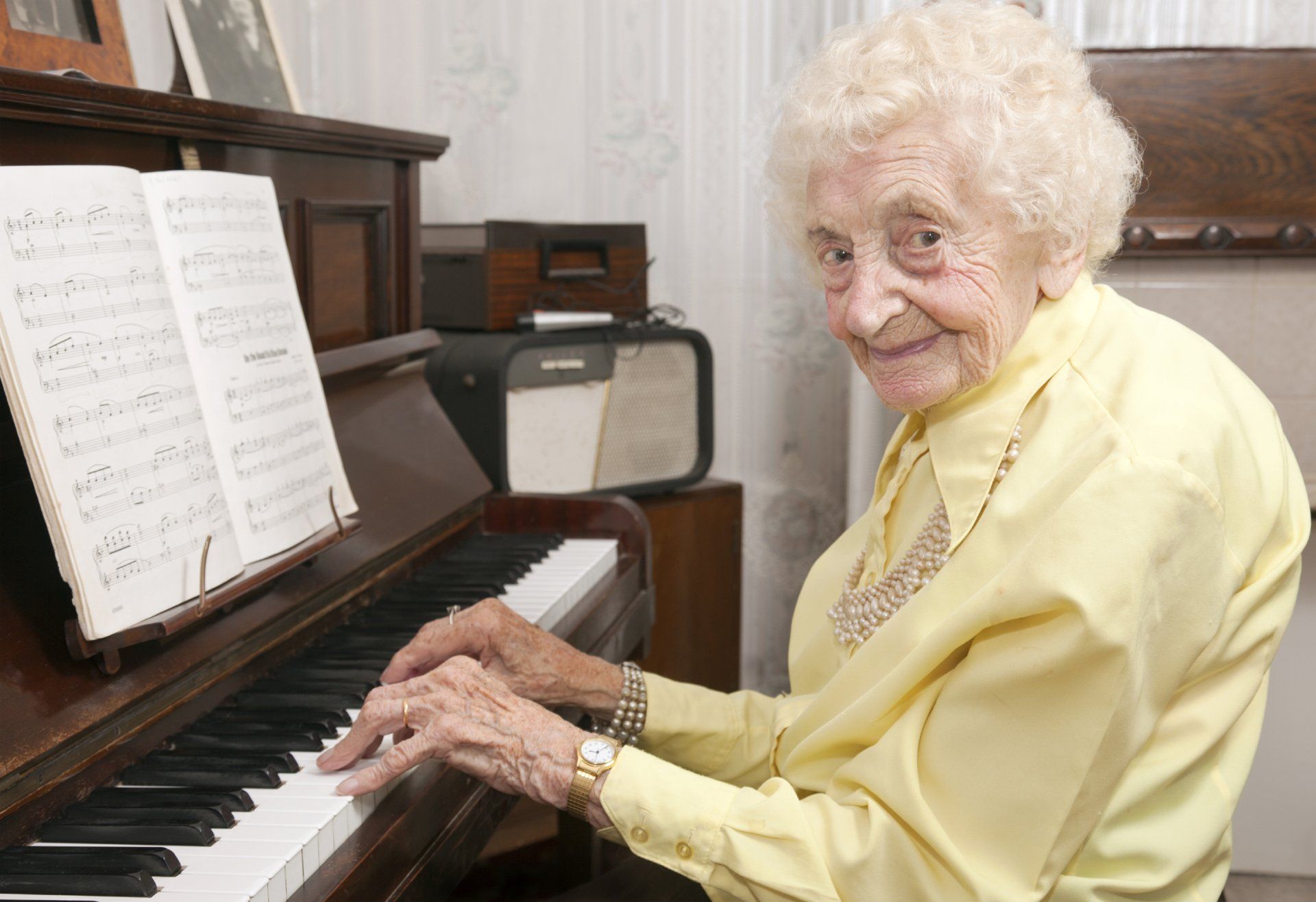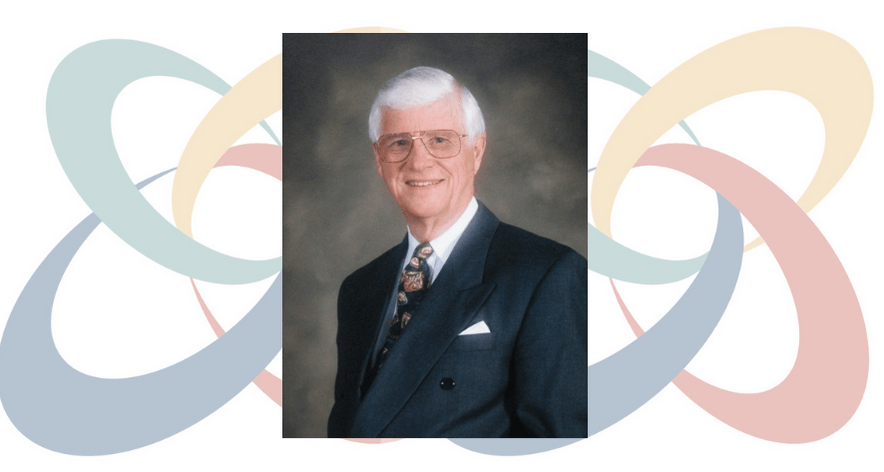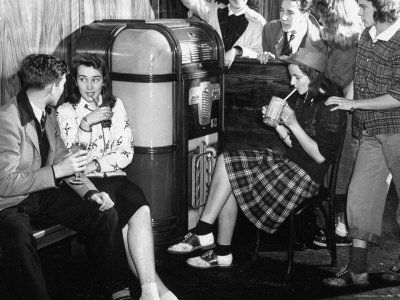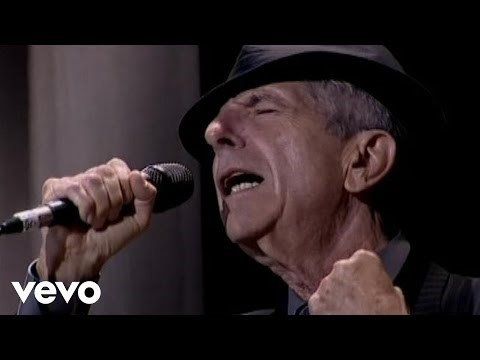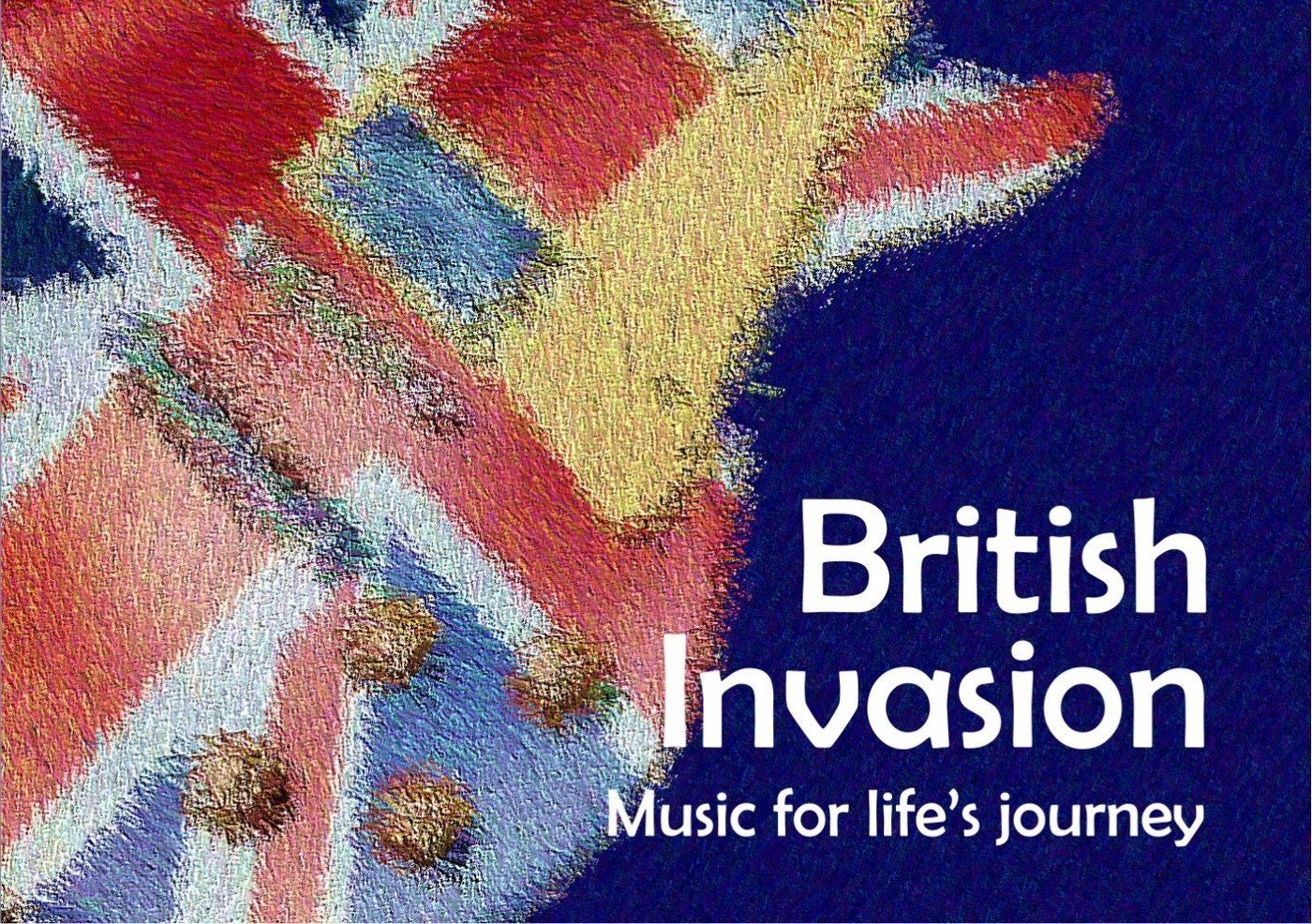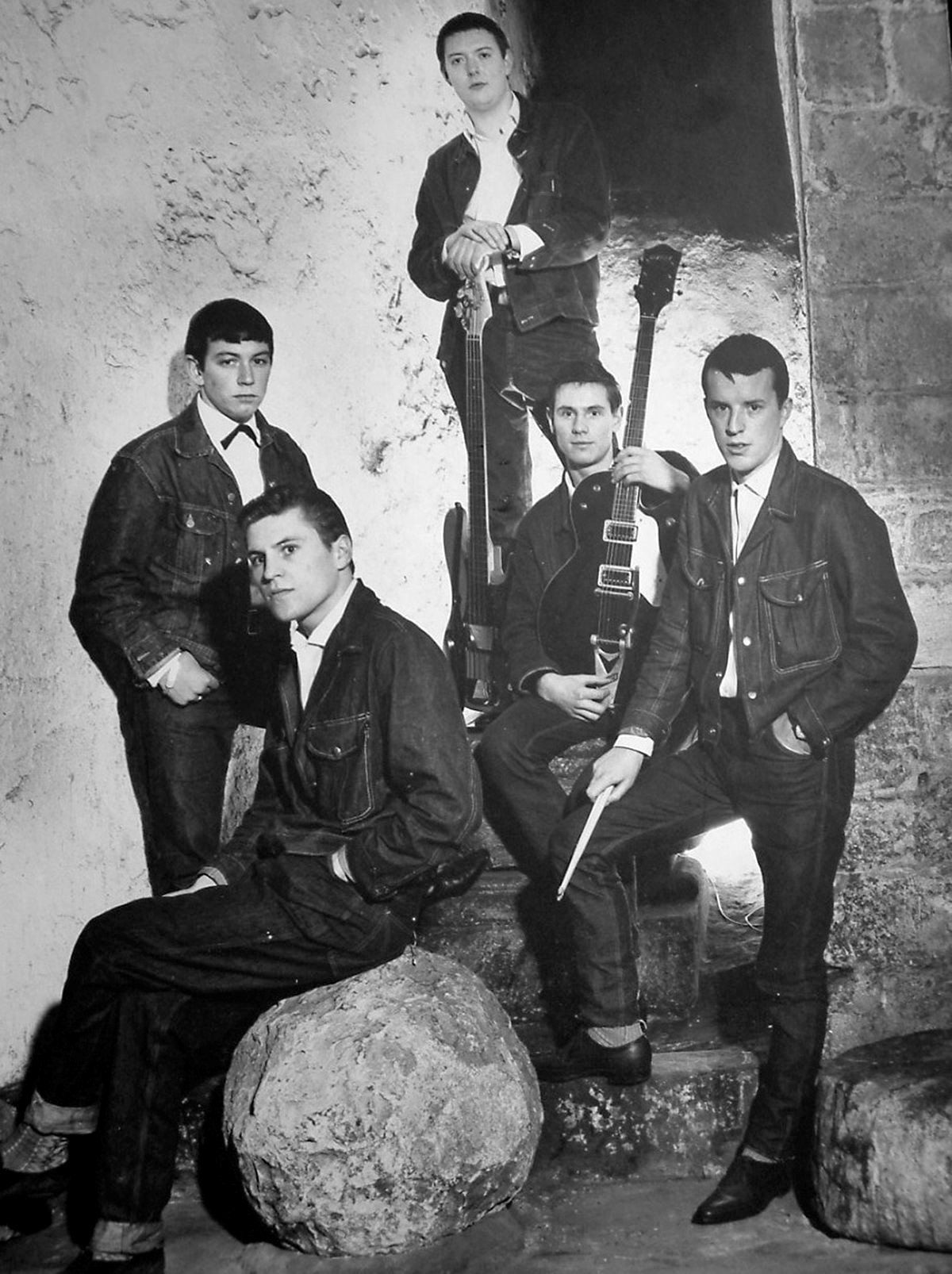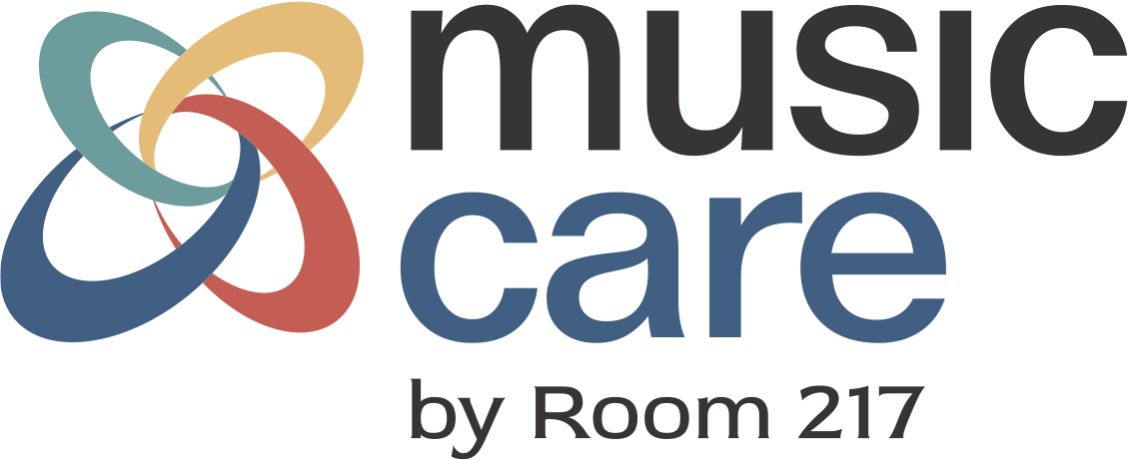Music and the Voice – Aphasia and Stroke
According to the Heart and Stroke Foundation, stroke is the leading cause of disability in adults in Canada. The annual occurrence rate has increased to 108,707 which equates to approximately one stroke every five minutes. With the rapidly aging population in Canada, the prevalence of stroke is only expected to increase. And with that, a growing need for strong stroke care.
With stroke, one of the most common side effects is impaired speech. Some stroke survivors may experience dysarthria (muscle control difficulties), apraxia (muscle coordination difficulties) or aphasia.
Aphasia is a language disorder that can result in difficulties with speaking, reading, writing and understanding speech, depending on the type of aphasia. Research indicates that aphasia occurs in 25-50% of individuals post-stroke. While there are several types of aphasia, we’re going to focus on Broca’s aphasia. Sometimes referred to as an expressive or non-fluent aphasia, Broca’s aphasia is characterized by diminished speech output. Persons with Broca’s aphasia may be able to comprehend speech but have difficulty producing speech.
So how does music come into play?
Melodic Intonation Therapy (MIT) uses the melodic and rhythmic elements of singing words and phrases to aid in speech recovery. This technique is used with patients who have aphasia. Several studies have indicated that the Neurologic Music Therapy technique MIT can help reroute speech pathways from the damaged left hemisphere to the language-capable regions of the right hemisphere (Thaut & Hoemberg, 2016, p. 141).
In MIT the therapist begins with humming, then singing and gradually moves into speaking. The therapist may employ a vocal technique called sprechgesang. In sprechgesang, the therapist uses their voice in an expressive manner, halfway between singing and speaking. Throughout the exercise, the therapist also taps the client’s left hand.
Why the left hand? MIT can help reroute speech from the left to the right hemisphere. This is because our brain is organized contralaterally. This means when we tap our left hand we are activating the right side of our brain! Research by Gentilucci and Dalla Volta (2008) also indicates that left hand tapping activates right hemispheric language networks.
You may have even heard of MIT in the news before. Congresswoman Gabby Giffords suffered a traumatic brain injury, and was diagnosed with aphasia. MIT was part of her journey to recovering her ability to speak. This is just one way music can be used in speech rehabilitation.
It can be difficult to watch a loved one experience the loss of their ability to speak. The beauty of music is that it can aid in rehabilitating the voice while encouraging meaningful moments of connection with others.


